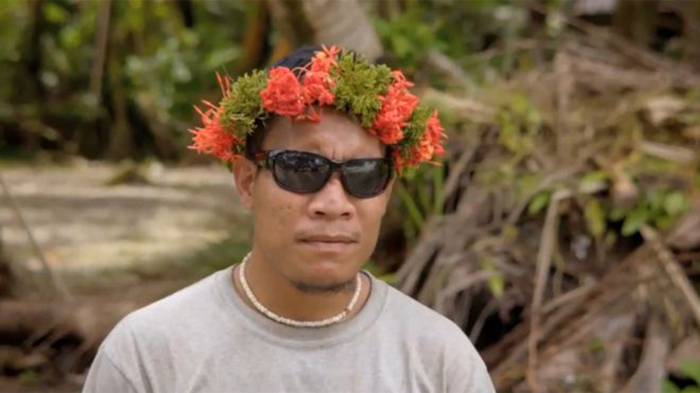As part of that medical she tested his colour vision. To both their surprise he had difficulty telling red from green. It made her wonder just how safe he was likely to be when it came to doing the wiring.
We talk about people being "colour-blind" but very few of us are. Even those who describe themselves as colour-blind are normally just colour deficient. A strongly colour-blind person will still be able to distinguish up to 20 different hues, compared to the 100 or so that normal-sighted people see.
At the back of your eyes, on the retina, are light sensitive cells called rods and cones. These start to develop in the womb and by the time a foetus is 28 weeks, he or she can normally see, even in the darkness of the womb. Initially it will be only in black and white, but soon the cones become wired up, getting ready to colour our world. Light-sensitive proteins convert red, green and blue, the separate components of the light entering our eyes, into nerve impulses. These are sent to the brain and interpreted as a colour image. But if these vital proteins don`t function properly you will live in a black and white world for the rest of your life.
Now I`m not that good on hues and I have very little interest in discussing tones when it comes to kitchens or clothes. Is this simply cultural or are there biological reasons why men like me struggle in this department? Perhaps.
Israel Abramov, a psychology professor at Brooklyn College, put a group of young adults with normal vision through a battery of tests. Although it was subtle, he found that on average men are not as good at distinguishing among shades of blues, greens, and yellows as women.
A possible evolutionary explanation is that in the distant past women would have done more foraging and would have needed better colour vision to detect things like wild berries.
But though I may not savour the colour range at my disposal, I do thank my lucky stars that I am not genuinely colour-blind, like the people of Pingelap, a tiny atoll in the Pacific.
It is a beautiful spot but one that has a genetic curse. It is known as Colour Blind Island because so many people who live on this remote island can only see in black and white.
Not being able to see in colour is bad enough. But one islander, Herrol, who`s a fisherman, also struggles in full sunlight because all he sees is a painful burnt-out image, like a badly over-exposed black and white photo.
"I find it difficult to go outside in the sun," he says, "because when it`s sunny I cannot see to do my work."
Herrol the fisherman: "I find it difficult to go outside in the sun"
One of the other real drawbacks is that it`s hard, when you`re doing the cooking in black and white, to detect bits of the food that might be "off". One theory as to why our remote ancestors evolved colour vision in the first place was so they could tell good food from bad food. Dogs, which have a far better sense of smell than us, have colour vision, but it is relatively unsophisticated.
But if being truly colour-blind is rare, why is it that around 10% of the population of Pingelap are condemned to live in a totally black and white world?
Well, we know that in 1780 the population of Pingelap was all but wiped out by a tsunami. As few as 20 people survived, one of whom was the king. It`s believed he had a genetic fault that causes colour-blindness and he passed this fault on to his many descendants.
The remoteness of the island, and a religion that discourages marriage to outsiders, has kept the gene pool relatively small and allowed the mutation to persist.
Although being colour-blind on a bright, sunny Pacific Island has a lot of drawbacks, there is one advantage. When the sun goes in, Herrol is finally in his element. He can see well, really well, in the dark.
No-one knows why, but it could be that the part of Herrol`s brain that normally interprets bright daylight is now being used as extra processing power for his monochrome night vision.
So when it gets dark, Herrol and his friends get in their boats and hunt flying fish. They hang up flaming torches and the fish are attracted to the flames like moths to moonlight. It`s in circumstances like these that Herrol can put his disadvantage to good use.
"This type of fishing is fun," Herrol says, "especially if we catch plenty. My family is expecting fresh fish. We can`t just go to market and buy food. So even though it`s hard work we enjoy it."
I do, now, try to take time to appreciate the colours all around me and no longer roll my eyes when Clare asks me what I think of a particular shade of white.
More about:
















































